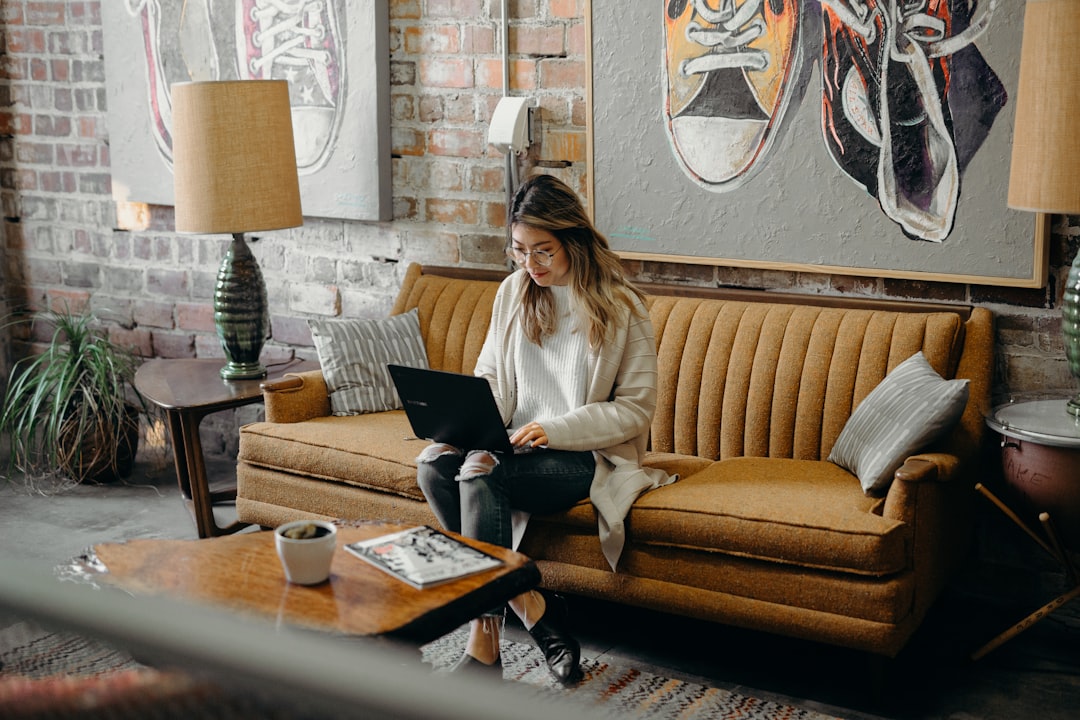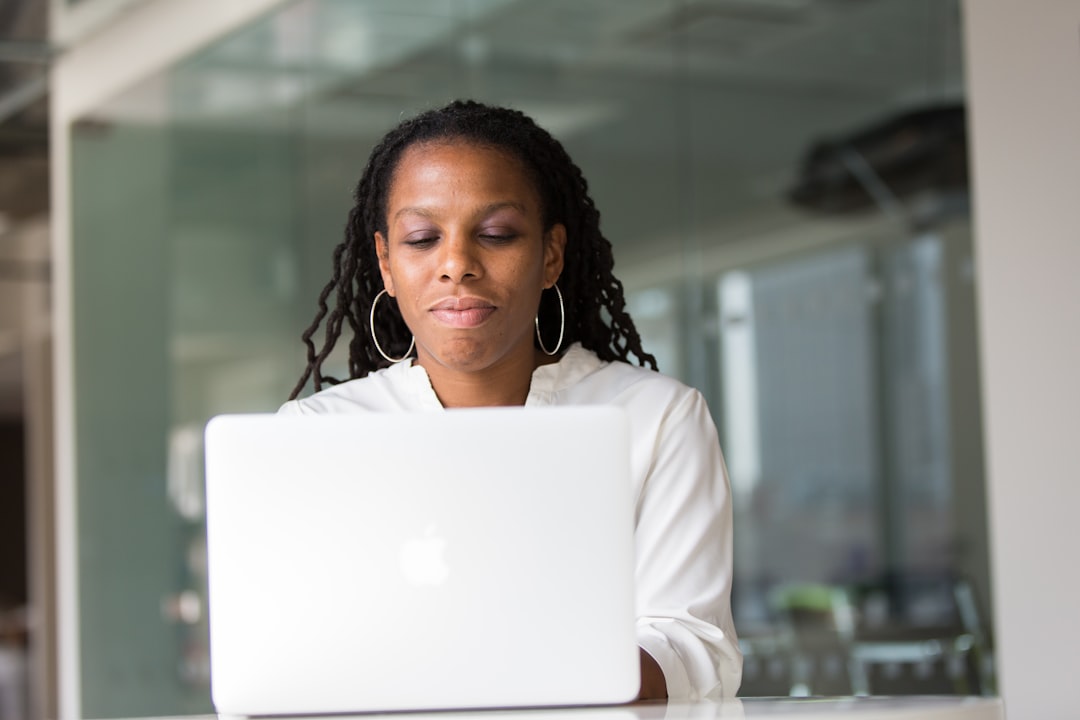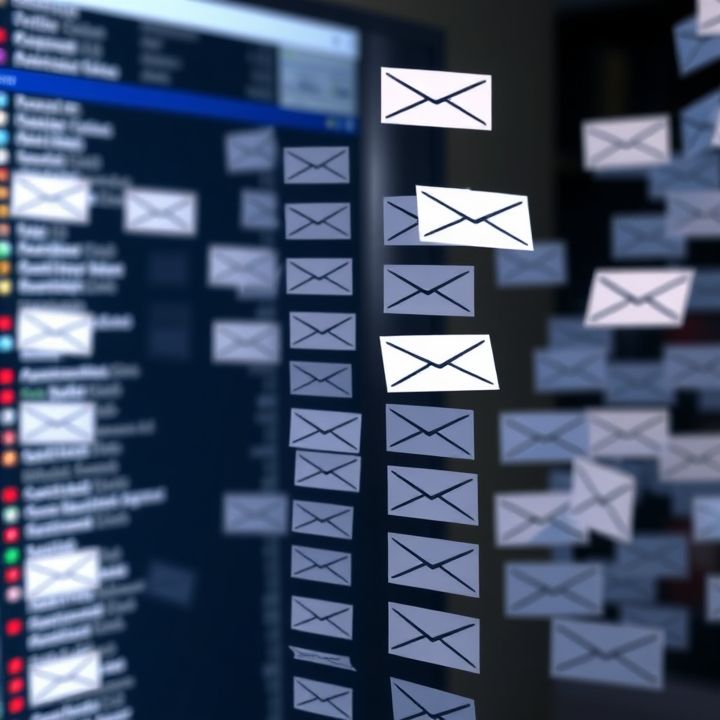Table of Contents
- Introduction
- Analyzing Subscriber Demographics
- Utilizing Behavioral Data for Segmentation
- Segmenting Based on Engagement Levels
- Personalized Content through Preference Data
- Leverage Purchase History for Segmentation
- Conclusion
- Frequently Asked Questions
Introduction
In today’s competitive digital landscape, maximizing the potential of your email marketing campaigns can be the difference between thriving and merely surviving.
But what if we told you there are secret strategies for email list segmentation that top experts are reluctant to share? These strategies are the key to unlocking untapped potential, allowing savvy marketers to send the right message to the right audience at precisely the right time.

Imagine increasing your open rates, boosting engagement, and driving conversions by tailoring your messages to segmented lists. Intriguing, isn’t it? To help you achieve such success, this article unveils the untold strategies behind expert-approved email list segmentation techniques.
| Strategy | Benefit |
|---|---|
| Behavioral Segmentation | Enhances personalization |
| Demographic Targeting | Improves relevance |
| Purchase History Analysis | Drives repeat sales |
Each of these strategies is a piece of the puzzle that, when combined, unlocks the full potential of your email list. So, are you ready to dive into these game-changing techniques?
Analyzing Subscriber Demographics
Analyzing subscriber demographics is an essential strategy for effective email list segmentation. By understanding the demographic characteristics of your audience, you can tailor your messaging to cater to different segments more precisely. Key demographic factors include age, gender, location, income level, education, and occupation. These elements help marketers craft personalized content that resonates with the specific needs and preferences of each group.
Start by gathering demographic data through sign-up forms, surveys, or integrating customer databases with your email marketing platform. Leveraging analytics tools can provide insights into open rates and engagement metrics, correlated with demographic information. For example, younger subscribers might respond better to vibrant and trendy content, while older demographics might prefer more formal and informative communications.
Segmenting your email list based on these demographics allows for the creation of targeted campaigns, increasing engagement and conversion rates. When subscribers receive content that aligns with their personal interests and circumstances, they are more likely to interact positively with your emails. Ultimately, demographic analysis not only helps in understanding your audience better but also contributes to building long-term customer loyalty and enhancing the overall effectiveness of your email marketing efforts.
Utilizing Behavioral Data for Segmentation
Utilizing behavioral data for segmentation is a powerful strategy that helps businesses tailor their email marketing campaigns more effectively. By analyzing how subscribers interact with previous emails and your website, you can gain valuable insights into their preferences and interests. This might include tracking metrics such as open rates, click-through rates, and purchase history. By leveraging this data, you can create distinct segments based on different types of behaviors. For instance, you could set up a segment for subscribers who frequently click on product links, indicating a high level of interest in making a purchase. Additionally, you might establish a separate group for those who engage with content-focused emails, suggesting they are more interested in educational or informational material.
Moreover, behavioral data can be used to identify inactive subscribers, allowing you to develop re-engagement campaigns specifically designed to reignite their interest. By personalizing the content according to the behavior of each segment, your emails become more relevant and engaging, leading to increased conversion rates and customer loyalty. Overall, utilizing behavioral data not only enhances the effectiveness of your email marketing efforts but also fosters stronger connections with your audience.
Segmenting Based on Engagement Levels
Segmenting your email list based on engagement levels is a powerful strategy to personalize communication and improve conversion rates. Engaged subscribers are more likely to open, click, and act on your emails, making it crucial to tailor your approach to different engagement profiles. To start, classify subscribers into segments such as highly engaged, moderately engaged, and inactive users. Highly engaged subscribers frequently open emails and interact with content, making them ideal candidates for targeted offers and promotions. Moderately engaged subscribers may need incentives or re-engagement campaigns to boost their activity levels. For inactive users, consider win-back campaigns to rekindle their interest with special deals or exclusive content.
Tracking metrics such as open rates, click-through rates, and purchase history can help refine these segments further. By focusing your efforts on the most engaged segments, you can maximize the return on investment of your email marketing campaigns. Moreover, understanding engagement trends over time allows for dynamic adjustments to your segmentation strategy, ensuring you stay aligned with your audience’s evolving preferences and behaviors. Ultimately, segmenting by engagement levels helps build stronger relationships with your subscribers and drives long-term loyalty.
Personalized Content through Preference Data
Utilizing preference data to customize content is a powerful strategy for effective email list segmentation. By collecting and analyzing data about subscriber preferences, businesses can tailor their content to meet the specific needs and interests of different audience segments. This approach not only enhances engagement but also builds a stronger connection with each subscriber.
Preference data can be gathered through various means, such as surveys, feedback forms, and tracking past interactions with the brand. By understanding what each segment values and responds to, marketers can create relevant content that resonates with their audience. This might include personalized product recommendations, targeted promotions, or content that speaks directly to their interests.
Moreover, leveraging automation tools can significantly streamline the process of delivering personalized content. Automated systems can dynamically adjust the content based on the user’s actions and preferences, ensuring that each email aligns with the recipient’s expectations. Ultimately, this level of personalization can significantly increase open rates, click-through rates, and conversions, making it a vital component of any successful email marketing strategy. When done correctly, personalized content not only drives engagement but also fosters loyalty and long-term relationships with subscribers.
Leverage Purchase History for Segmentation
Leveraging purchase history for email list segmentation is a highly effective strategy for enhancing your marketing efforts. By analyzing past purchases, businesses can create targeted email campaigns that cater specifically to the interests and needs of different customer segments. This approach not only improves customer engagement but also boosts conversion rates.
One way to segment your list using purchase history is by categorizing customers based on their buying behavior. For instance, identify frequent buyers, occasional shoppers, and one-time purchasers. This allows you to tailor messaging that speaks directly to each group’s habits. Moreover, understanding the type of products or services customers prefer enables you to recommend similar items, enhancing cross-selling opportunities.
Additionally, consider segmenting by the recency of purchases. Customers who made recent purchases may be more responsive to follow-up emails or feedback requests, while those who haven’t engaged in a while might benefit from re-engagement offers like exclusive discounts. Analyzing purchase patterns also helps in identifying seasonal shoppers, thus allowing marketers to craft timely promotions.
Overall, purchase history provides invaluable insights into customer preferences and behaviors, making it a key component in creating personalized and effective email marketing campaigns.
Conclusion
In conclusion, mastering the art of email list segmentation is pivotal for crafting successful marketing campaigns that resonate with your audience. By employing techniques such as analyzing subscriber demographics, leveraging behavioral data, segmenting based on engagement levels, and utilizing purchase history, businesses can create highly targeted and personalized content. This approach not only boosts engagement and conversion rates but also fosters stronger relationships with customers. Moreover, leveraging preference data through surveys and automated tools ensures that the content delivered aligns seamlessly with subscriber expectations, further enhancing email marketing effectiveness. As you implement these top secret strategies, you’ll unlock the potential to refine your communication, enrich customer experiences, and drive meaningful, long-term customer loyalty. Remember, the key to successful segmentation lies in continuously adapting to the evolving preferences and behaviors of your audience, ensuring your email marketing remains impactful and relevant.




 Every click, every open, every conversion can be traced back to how engaging and appealing your email template is. Are you ready to discover the secrets that turn ordinary emails into extraordinary ones?
Every click, every open, every conversion can be traced back to how engaging and appealing your email template is. Are you ready to discover the secrets that turn ordinary emails into extraordinary ones?










